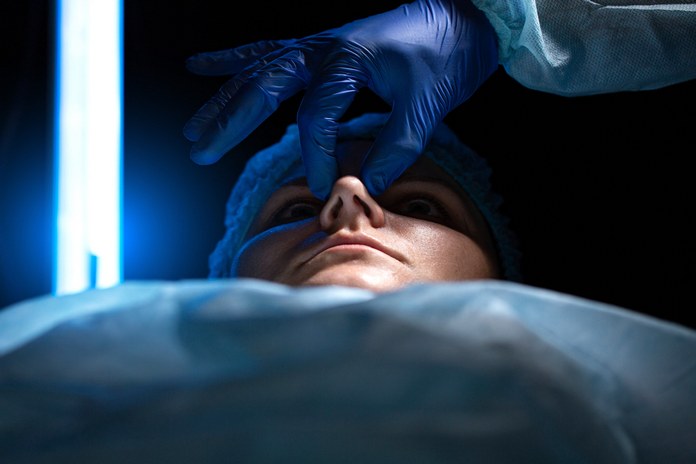Invasive procedure for Ocular Migraine (8)

Nerve decompression surgery
Oftentimes the tissue and muscles present around the nerve swells and start to exert extra pressure on the nerve. In this type of surgery, the surgeon rids the body of any muscles and arteries that are compressing the nerve. 57% of patients were relieved from the ocular migraine after nerve decompression surgery.
Before the surgery
This treatment is amiable for people whose ocular migraine does not go away with medication. Moreover, a proper diagnosis is required before the surgery. The doctor first inspects the frequency and the severity of the symptoms. If the ocular migraines does not go away with other treatments such as massage, medication and prevention, only then this type of surgery is performed. The doctor will mark the compression points and try giving Botox injections in order to predict the success of the surgery.
Procedure
During the surgery the patient is given anesthesia and small incisions are made near the compression points. The surgery can be 1 to 4 hours long. The patient might have to spend a night under observation. The patient can start a normal routine after two weeks of the surgery.
Side effects
- Hair loss
- Infection
- Numbness
- Mild migraine, but very rarely
Nerve block
As the name suggests nerve blockers are nerve numbing chemicals. The ocular migraine results from frequent changes in nervous signals in the brain or the eyes. Nerve blockers block the passage of the nerves from the eye to the brain. A nerve blocker consists of painkillers, local anesthesia and steroids. The injection is injected where the nerve crosses the skull, scalp or behind the head. In case of ocular migraine, the injection is injected near the ophthalmic nerve. In most cases, the pain is relieved right away.
Recovery time
Since the procedure is very less invasive the recovery time is also very less. The patient can keep up with the normal routine right after the injection. The after effects of local anesthesia and steroids will vanish over time.
Side effects:
The side effects depend on the steroid level, but some side effects include.
- Nausea
- Infection
- Abdominal pain
Septoplasty
Septum is a cartilage between the two nostrils. Usually this cartilage is straight, but rarely is it curved, resulting in pain behind the eyes resulting in ocular migraine. Septoplasty is the surgery to rectify the curved or deviated nasal septum. Due to the location of the ocular nerve near the septum, any irritation or divergence in the septum can lead to ocular migraine.
Before the surgery
This surgery is very effective for people suffering from ocular migraine and is only performed if the ocular migraine is triggered by the nasal septum.
During the surgery
This surgery is less complex than other surgery and is very less time taking. After injecting anesthesia into the surrounding areas the surgeon makes a small opening into the nasal cavity while straightening the bone and cartilage. After the procedure, the patient is allowed to go home after a few days of monitoring.
Side effects
- Slow healing
- Bleeding
- Infection
